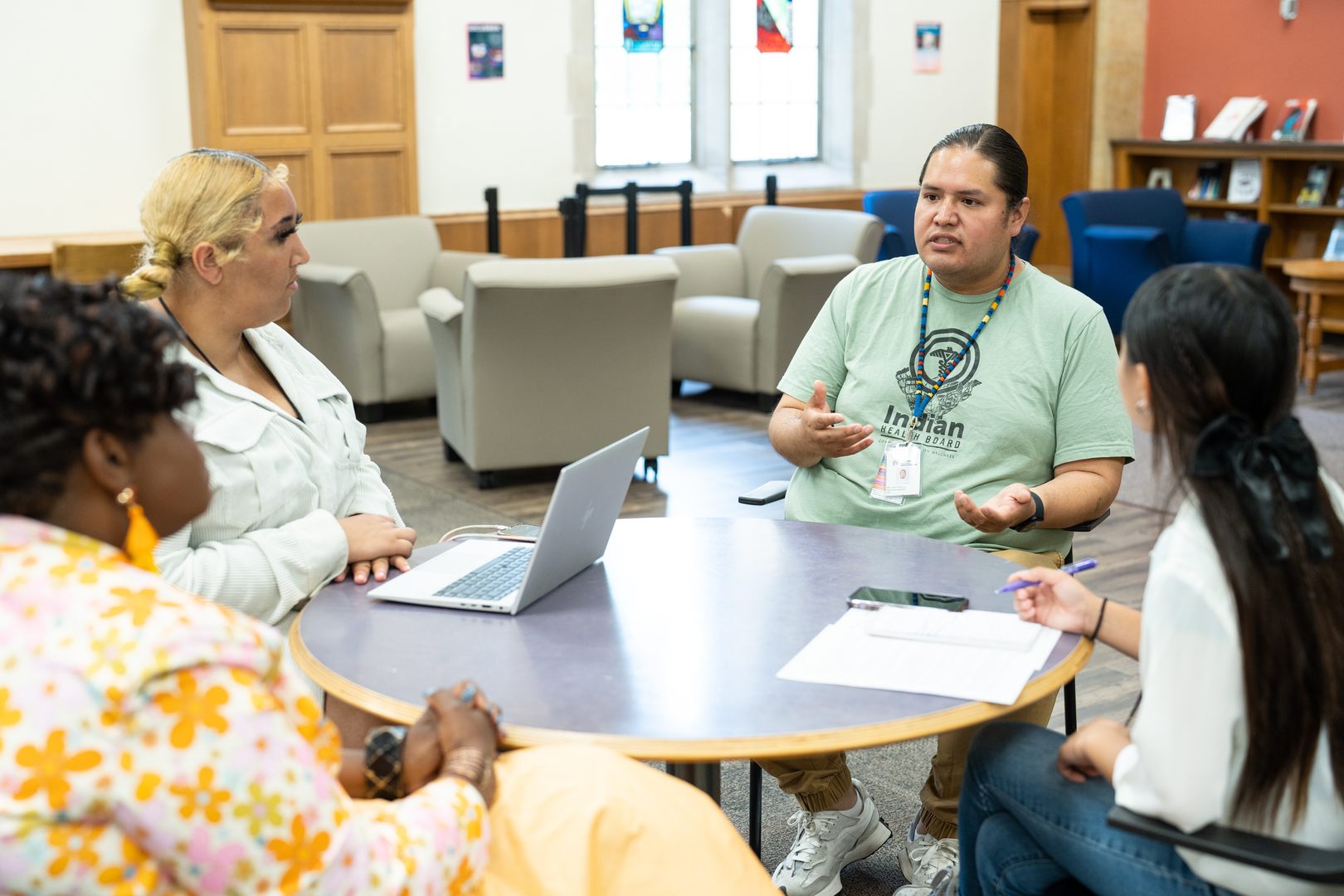
Families torn apart. People losing their will to live. These are crushing feelings many people are conscious of, but one thing people may not know are the obstacles that stand in the way of Native American communities getting access to health care.
There are several root causes that lead to instability in mental health for members of the Native American community, including assault, domestic violence and generational trauma.
Many health care services that try to support Native American communities are often underfunded. According to the American Public Health Association, “between 1993 and 1998, IHS (Indian Health Services) appropriations increased by 8%, while medical inflation increased by 20.6%.” The current funding situation seems to be better, based on the Indian Health Services receiving north of $5 billion in advance appropriations.
When thinking of reservations, the health care services tend to be scarce, forcing people to drive for hours to reach a nearby hospital or clinic. Dr. Micah Prairie Chicken, who is a postdoctoral fellow in clinical psychology and works in counseling and support for the Indian Health Board, confirms the conditions on reservations aren’t always conducive to good care.
“In modernity, conditions on reservations widely vary. Some are desolate and poor; others close to large metropolitan areas have found ways to become economically advantaged,” said Prairie Chicken.
Countless Native families have experienced trauma, both historical and generational. That trauma has led to lower life expectancies for Native Americans. According to the Centers for Disease Control and Prevention, the Native American community has the highest suicide rates in the country, yet with that information, the Native American community continues to lack the resources and treatment to prevent such events.
Being unable to heal from past experiences will continue to impact individuals who are not mentally stable enough to carry on, he explained. This is especially true for many children who had been forced into boarding schools. Events that occurred in the schools were incredibly traumatizing for the Native American community.
“There is [a] period in this country where Native people weren’t allowed to be families,” said Prairie Chicken, speaking of children being forced into boarding schools and being ripped from their families.
Considering all the agonizing events the Native community endured, the historical trauma continues to impact members of the Native American community today.
As a result, on the reservations many Native youth have given up hope for their future, which results in taking their life. According to the CDC, Native youth suicide rates are 2½ times higher than the national average.
Connecting back to historical trauma caused by the United States government, many families in the Native community had lost their trust in the health care system. Therefore, it is important for these health care facilities to provide trust and quality treatment.
“Systematic racism does play a role in health and wellness of people of color,” said Prairie Chicken. “As a provider who provides services to people of color, it’s a real complex issue.”
ThreeSixty Journalism students are passionate about mental health and how it impacts their community, which is why the stories produced at News Reporter Academy this summer are so important. In partnership with the Center for Prevention at Blue Cross and Blue Shield of Minnesota and led by MinnPost, students are profiling mental health resources in underrepresented communities. This resource guide highlights important people and organizations doing mental health work throughout the Twin Cities. Click to read more stories.
Indian Health Board Featured at TV Camp, Too!
